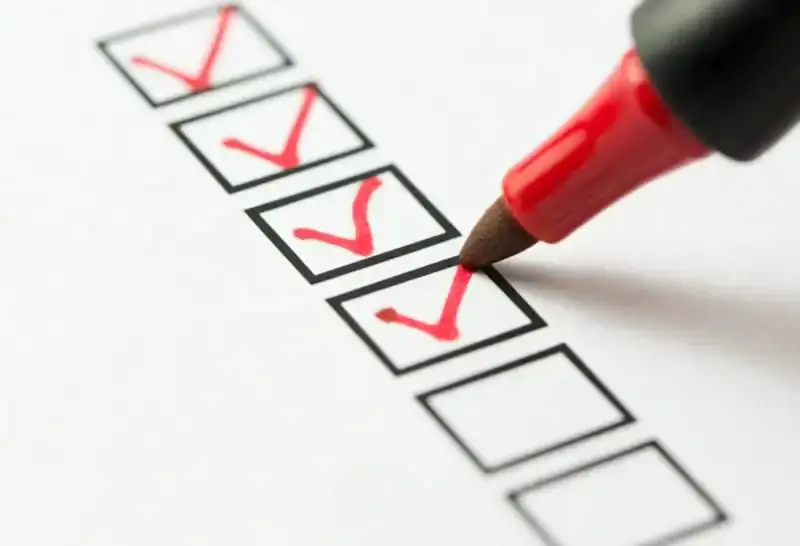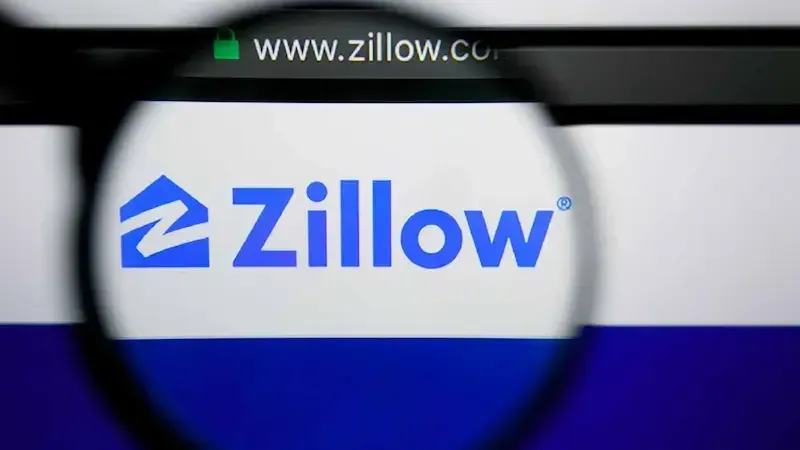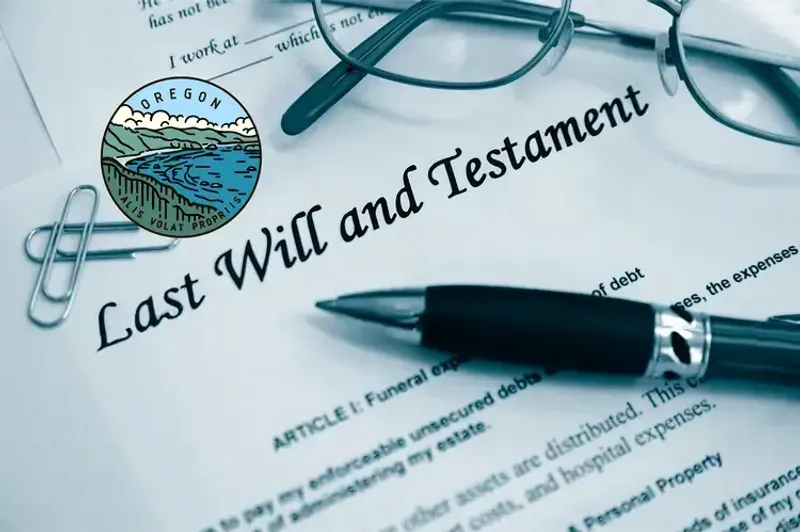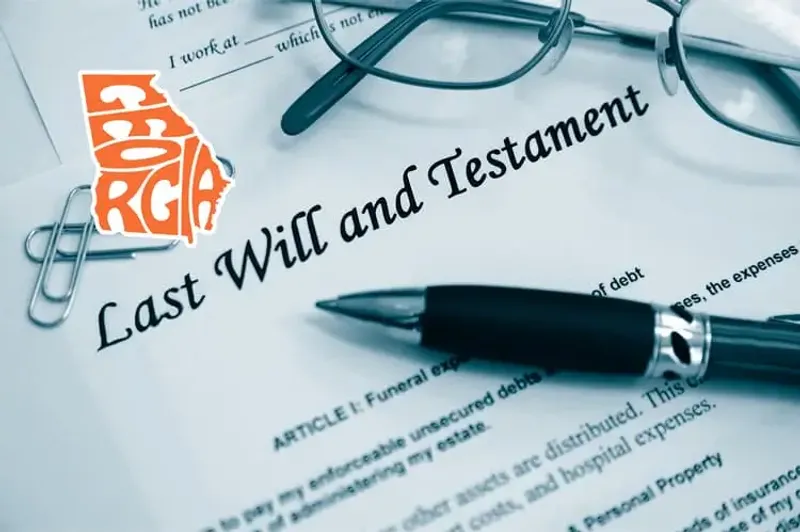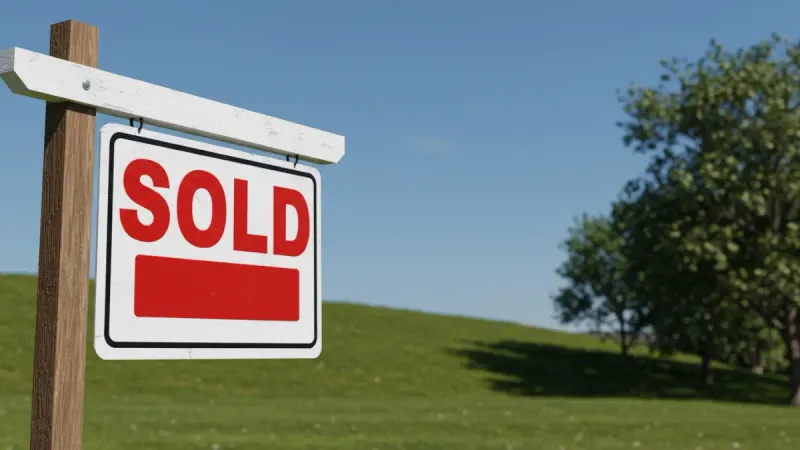When it comes time to sell your land, you may not know where to begin. It can seem like there are endless things to organize when it comes to real estate.
It’s true that there are a lot of steps. Whether it’s pulling together paperwork or coming up with a plan to market the property to sell, the list can seem endless. But broken down into simple steps the selling process is really not that bad.
Getting all the steps ordered into a list is the first step in making the process more manageable. Below we show you 11 essential steps to sell land. They’re the same steps we use to sell our real estate.
Follow these steps and you’ll be well on your way to selling the vacant land.
Complete Land Selling Checklist: How to Sell Vacant Land Successfully
- Locate the deed to verify ownership and ensure a smooth transfer of property.
This is first on the list because it documents the current ownership of the property. It can also help with several other steps on the list.
You don’t need to have a physical copy of the deed. You can locate an electronic copy of the deed through your county’s recorder of deeds. You’ll be able to search by the property owner’s name and find the deed. You can then print or download a PDF of the deed. Most counties charge a small fee for this.
- Determine who can legally sell the land and ensure all parties are in agreement.
Once you have the deed, you can determine who can legally sell the property. Generally, anyone living who is named on the deed will need to approve the sale of the land. This means they will need to sign the sale contract. They will also need to sign the deed over to the new owner at closing.
- Find the address or parcel number to identify the property and access important records.
You’ll need either the property address if there is one or the assessor’s parcel number (APN). The parcel number will make it easier to find your vacant property on any county provided maps. It’s also customary to list the parcel number on the purchase contract if there is not an address available when selling vacant land.
You may find the parcel number on the deed. If not, check your property tax bill. If you don’t have a property tax bill, you can find it online. Search for your county’s tax assessor’s office online. You’ll be able to search the landowner’s name to find the tax bill and parcel number.
- Find the legal description to accurately identify your land for selling.
You can also find the legal description on the deed. The legal description further defines the property. The legal description needs to match the property you want to sell. For example, if you only want to sell part of your property, you’ll need an updated legal description. You will probably need to order a survey to get the new legal description.
The legal description will go on the contract to sell vacant land as well as the deed to transfer the property to the new owner.
- Order a survey to clearly define the property when selling a land parcel.
If you don’t have a legal description matching the property to be sold, you may need to order a survey. Besides providing a visual overview of the property, the survey will give you a valid legal description. You can then use the new legal description on the sale contract and deed when learning how to sell vacant land properly.
If you already have a legal description, you may not need to order a survey before you’ve found a potential buyer. Normally, the buyer will pay for the survey and you would need to specify that in the sale contract. It can take a few weeks to get a survey done, so if you prefer to sell vacant property quickly, you could get the survey done in advance.
- Check if property tax is owed before selling vacant land.
You can use the parcel number to check for any unpaid real estate property tax. If there is property tax owed, it will be paid at closing. But normally this results in a reduction of the purchase price for the seller, so you’ll want to know the status of the property tax in advance when planning to sell my vacant land.
In a worst-case situation, unpaid property tax can result in a lien being placed on the property. Check the property taxes before you sell to avoid this situation.
- Check what utilities are available for potential buyers interested in vacant land.
Buyers will want to know if utilities are already connected to the property or if they are available nearby. Understanding utility access is an important part of any land selling checklist. Check the status of the following utilities when preparing to sell vacant land:
- Electricity
- Natural Gas
- Municipal Water
- Municipal Sewage
- Internet
Often prospective buyers want to know what they can do with the property. They may want to use the vacant land as-is, but they may have plans to build on the property or make improvements.
It’s essential to know what utilities are currently on-site and which are available. If the raw land was ever built on, there may be electric or a septic system, for example.
If there aren’t utilities on the property, interested buyers will want to know what is available from the county. For example, is there public water available or would they need to install a well? Knowing the answers to these questions will help you sell your vacant lot.
- Check the current zoning to understand how your vacant land can be used.
Along with utilities, land buyers also want to know what the land can be used for. Will they be able to build on the land? If they can’t build on the land, can it be used for recreational purposes? For example, could an RV be parked there and for how long? Understanding zoning is crucial when selling vacant property.
Knowing what the land can be used for is key to finding a buyer. Once you understand the land’s uses you can target buyers for that use. For example, builders, hunting groups, or RV owners will have different needs when looking to purchase vacant land.
- Review any deed restrictions that might affect selling a land parcel.
Deed restrictions are written rules and regulations that determine what a piece of land can and cannot be used for. Deed restrictions “run with the land,” which means that changes in ownership do not remove the restrictions.
A common form of deed restriction in residential land are Homeowners Association (HOA) covenants. These covenants are used to maintain a unified appearance of the subdivision by specifying what can and cannot be built.
- List what is being conveyed with the vacant land.
This is just another way of saying what comes with the land, such as personal property. If the land is being sold with improvements, you’ll want to list them.
Certain improvements convey unless otherwise specified like fences or permanent structures. Items like farm equipment or a portable storage shed are more of a gray area. If you plan to take any items with you, make it clear to your prospective buyer by listing those items on the purchase contract.
- Find the property’s value to price your vacant land correctly.
You’ll want to know the property’s market value before looking for a buyer. The value of your land is based on many factors, including location, size, zoning, terrain, improvements, and of course, market conditions. Understanding when to sell land often depends on these market conditions.
One way to get a very rough idea of the land’s value is to find the assessed value. This is indicated on the property tax bill that you found in the step above. Note that market value could be higher or lower than the property’s assessed value.
To get a more thorough sense of value, you’ll want to compare your parcel to others that are currently listed for sale or have sold recently. This is called the sales comparison approach for determining value. Still, land is often difficult to value precisely because sales are not as frequent as for homes. Also, very few comparable listings or sales will be exactly like yours.
You can look for the price of a similar property on a website like Zillow. Be sure to filter the properties to only view Lots/Land to simplify the process when researching how to sell vacant land.
Options for Selling Vacant Land Fast
You may decide you don’t want to go through all the steps above. As an alternative, you could request a cash offer from a we buy land company like ours.
A cash buyer not only greatly simplifies the steps, but also speeds up the selling process. You can get cash for your vacant land in as little as two weeks.
You’ll be able to skip the hassle of selling land by owner. You also won’t have to pay any real estate agent sales commissions.
When we buy your land for cash, you also won’t have to pay any closing costs. So, if you’re looking to sell land fast, consider requesting a cash offer today to get started with selling vacant land.

